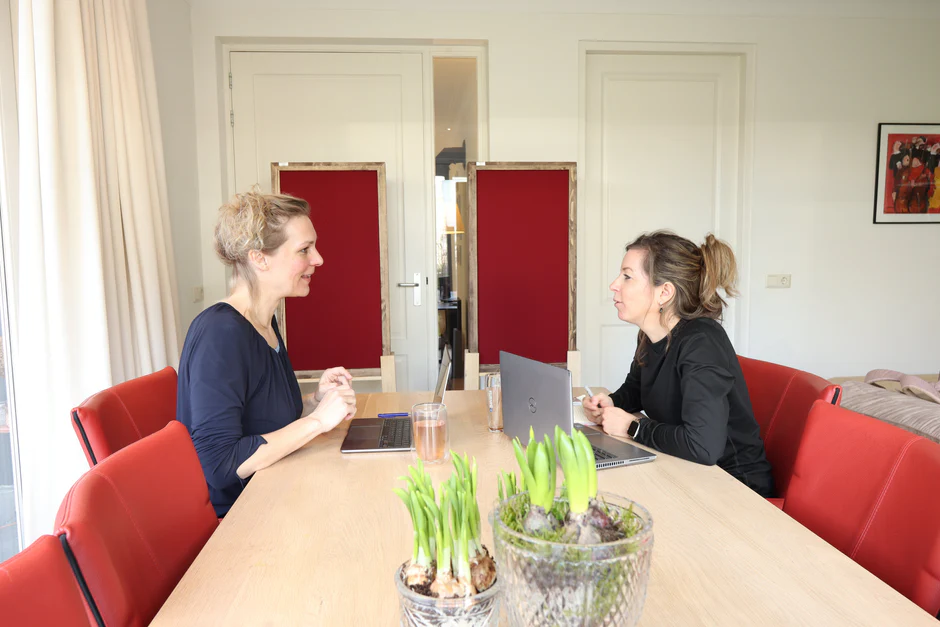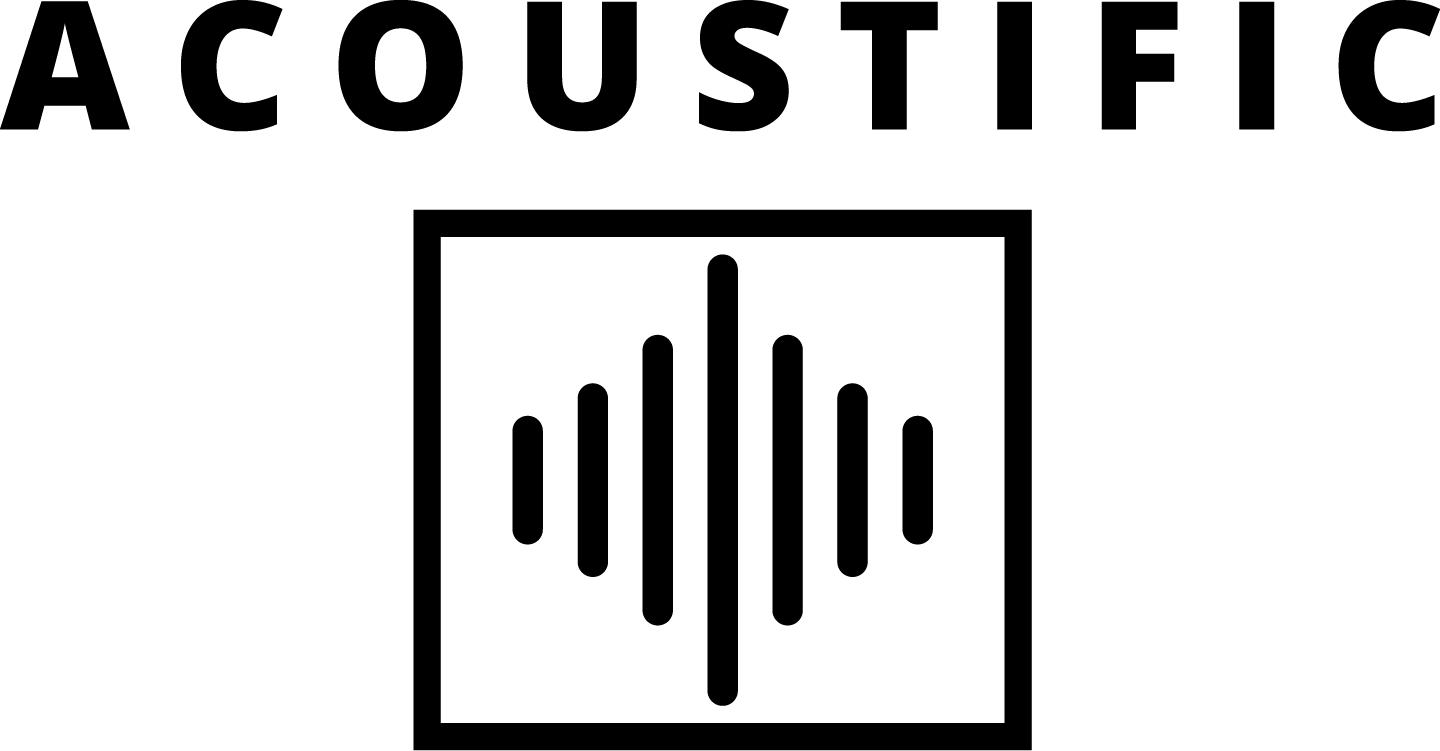Blog
Acoustic Panels – Complete Guide to Room Acoustics

With the right acoustic panels, you can improve comfort and focus without compromising on design. In this guide, you’ll learn which panels you need, where to install them, and how to get results quickly.
What are acoustic panels?
Acoustic panels are sound-absorbing elements that reduce reverberation and disruptive reflections, making a room sound calmer and more intelligible. They convert sound into heat within the material, reducing reverberation time.
Absorption and diffusion: when, what?
Absorption: reduce reverberation and flutter echo.
Diffusion: natural dispersion, more spacious sound (back wall/back of the room).
How many panels do I need?
Office/meeting room: start with 20–30% of the total wall/ceiling area.
Restaurant/hospitality: often 30–40% due to hard surfaces.
Studio/home office: address initial reflections. + back wall.
Tip: Divide the panels into several smaller ones instead of one large surface.
Placement: Where is the best place to hang them?
Initial reflections: Next to and above the listening position (mirror trick).
Back wall: Stabilizes stereo and speech.
Ceiling: Largest “mirror”; ceiling islands/baffles provide a quick solution.
Hospitality
Wall: S10 spaced across from seating areas; add art panels.
Ceiling: Islands/baffles above tables and walkways (30–40% coverage).
Tip: Mix absorption with a few Abfusers for a vibrant effect.
Meeting room
Wall: Initial reflections to the left/right of the table.
Ceiling: “cloud” directly above the table.
Tip: Place symmetrically; start with 20–30% of the surface area.
Office (open space)
Ceiling: Islands above work areas; dampening along corridors.
Wall: Panels near printers/busy areas. Tip: Distribute evenly, breaking up long reflection paths.
Studio (mix/record)
First reflections: S10 side walls + ceiling cloud.
Back wall: Abfusers; corners: S20 bass traps.
Tip: Symmetry around the listening position.
Podcast/Home office
Behind microphone: S10 at chest/head level.
Side walls + small ceiling panel above desk.
Tip: A rug on the floor often helps.
Reception/Showroom
Ceiling: Islands/baffles above the counter/waiting area.
Wall: Art panels opposite the counter.
Tip: Combine design with unobtrusive ceiling absorption.
Classroom/Training
Ceiling: Islands or suspended ceiling panels in rows.
Wall: Panels on the back and side walls.
Tip: Attenuation evenly throughout the room.
Gym/Sports/Dance
Ceiling: Baffles in strips; additional panels for hard walls/mirrors. Tip: Choose impact-resistant material; mounting height for safety reasons.
General tips
A 20–40 mm air gap increases the effectiveness.
Height: ear height (wall); 20–40 cm hanging height (ceiling).
Prefer several medium-sized panels rather than one large panel.
Recommended products and buying guide
Not sure where to start? Use these proven options or consult our buying guide.
S10 Absorber (all-round wall/ceiling)
Application: Initial reflections, general reverb reduction in offices, studios, and hospitality settings.
Advantages: high absorption, sleek design, easy to install.
Tip: Also use as a “cloud” above a table/listening position.
S10 Mini Studio Absorber Bundle
Complete starter kit for small studios
Treat initial reflections and add 2–4 S20 bass traps if necessary.
S5 Panel (compact solution)
For small spaces or as a supplement around workstations.
Modular damping in a grid; ideal for meeting rooms, classrooms, and open-plan offices.
Combine with ceiling islands for faster RT60 gain.
Abfuser (diffusion + absorption)
If you want to maintain more naturalness (rear wall of the mixing room, opposite the speaking area).
Combine with S10 for controlled, lively acoustics.
Bass Trap S20
For boomy bass; place in corners (wall-to-wall-to-ceiling/floor).
Makes mixing decisions more reliable and speech tighter.
Tags: acoustical treatment, acoustic panel, bass traps, hospitality, mastering, meeting, meeting room, mixing, recording, sound absorption, sound diffusion

